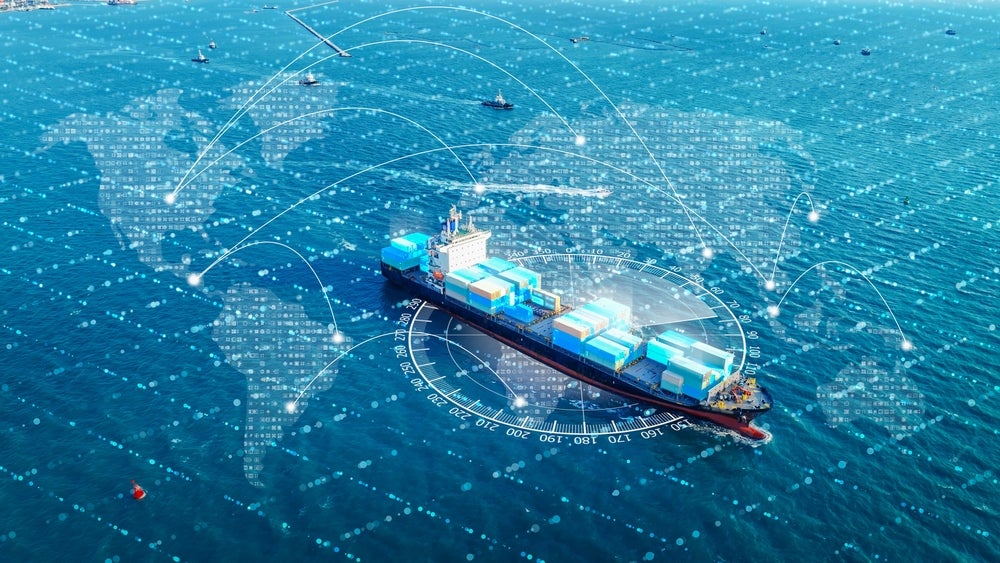
Marine technology company Candela has introduced its 40-foot P-12 Shuttle, considered to be the world’s fastest electric ship and able to travel at speeds of up to 30 knots via its 180kWh battery capacity.
The vessel’s service speed of 25-27 knots will allow passengers to avoid the congested highways of land transport and also provide a reduction in emissions due to energy efficiency and shortened commute times for those travelling between the Stockholm suburb of Ekerö and the city centre.
Candela spokesperson Mikael Mahlberg says: “For the passenger, it is way faster – the P-12 takes just 25 minutes instead of 55 minutes with the conventional ferry (or car or subway/bus) and it is a more comfortable ride, thanks to the hydrofoils you fly over waves even in rough waters.
“Faster boats also mean more departures. If we would replace the current two 200-pax diesel ferries with five Candela P-12’s, we could increase departures from every 50 minutes to every 11 minutes on the Ekerö-city route. For the operator, the P-12 means cutting costs by 40-60%, thanks to P-12 being energy efficient and electric.”
Friction and energy consumption are minimised due to the hydrofoils lifting the hull out of the water when the boat reaches a speed of around 16 knots. Three carbon fibre wings extend from under the hull, decreasing drag.
Conventional hull designs require greater energy to propel the vessel, which also create wakes caused by the movement and displaced water. The wake of the P-12 shuttle by comparison is reduced, measured at less than 10cm despite its speed.
How well do you really know your competitors?
Access the most comprehensive Company Profiles on the market, powered by GlobalData. Save hours of research. Gain competitive edge.

Thank you!
Your download email will arrive shortly
Not ready to buy yet? Download a free sample
We are confident about the unique quality of our Company Profiles. However, we want you to make the most beneficial decision for your business, so we offer a free sample that you can download by submitting the below form
By GlobalDataFor this reason, the shuttle is exempt from the area’s 12-knot speed limit as it will not cause wave damage to other vessels or shorelines.
Passenger experience is a key aspect that was taken into consideration during the development of the boat. The Candela Flight Controller is a computer which is used to regulate the hydrofoils 100 times per second which will improve the journey for those prone to seasickness due to the smooth ride over the waves.
Mahlberg says: “Foiling boats are hard. It is essentially an airplane, so every component has to be as light as possible, but still durable for demanding public transport use.
“Our main driver is always efficiency, which is why we have optimised it for this; projected power usage when foiling is 88kW, not much given this is a 40-foot, 30-person passenger vessel.”
As a result of a fixed route, chargers will be installed in either end station. Fast chargers are the only infrastructure needed to deploy a fleet, but the shuttle can complete a journey multiple times without being heavily reliant on them.
The shuttle’s battery can be charged in under an hour with up to 200kW DC charging.
The technology reduces energy per passenger kilometre by 95% and uses the equivalent of 0.1kWh of electricity per passenger kilometre.
The carbon fibre keel for the first Candela P-12 Shuttle will be laid towards the end of the year. After tests have taken place, passengers will be able to commute using the ship in 2023 for a nine-month trial period.
It is expected that serial production will take place with hundreds of P-12 shuttles being produced in a year, replacing over 70 diesel vessels. The current aim is to replace 200-person diesel vessels with at least five P-12 shuttles to increase passenger volume and lower operating costs.
The P-12 shuttle follows the development of the Candela C-8, the first long range and high speed electric daycruiser, which was announced last month.






